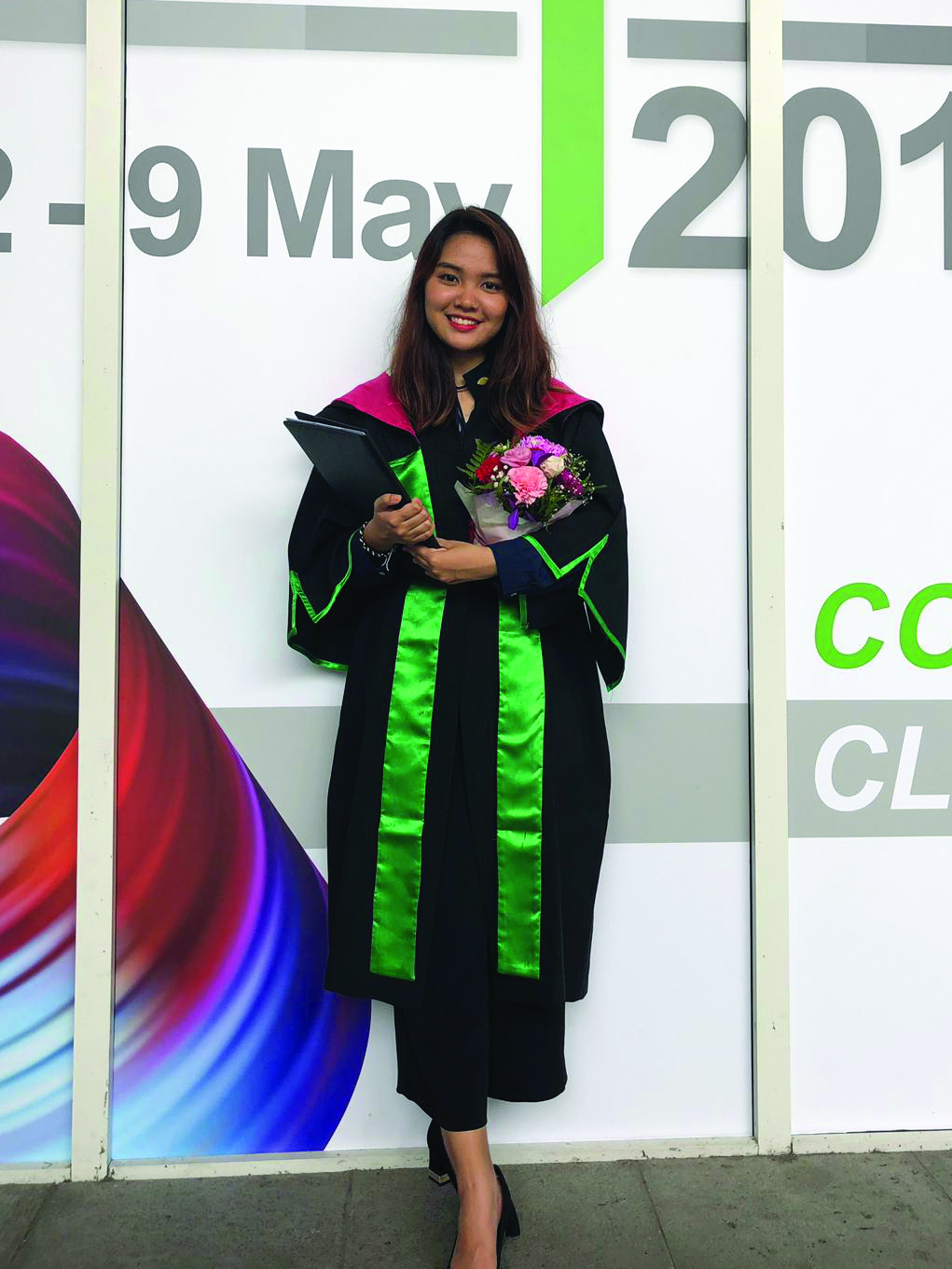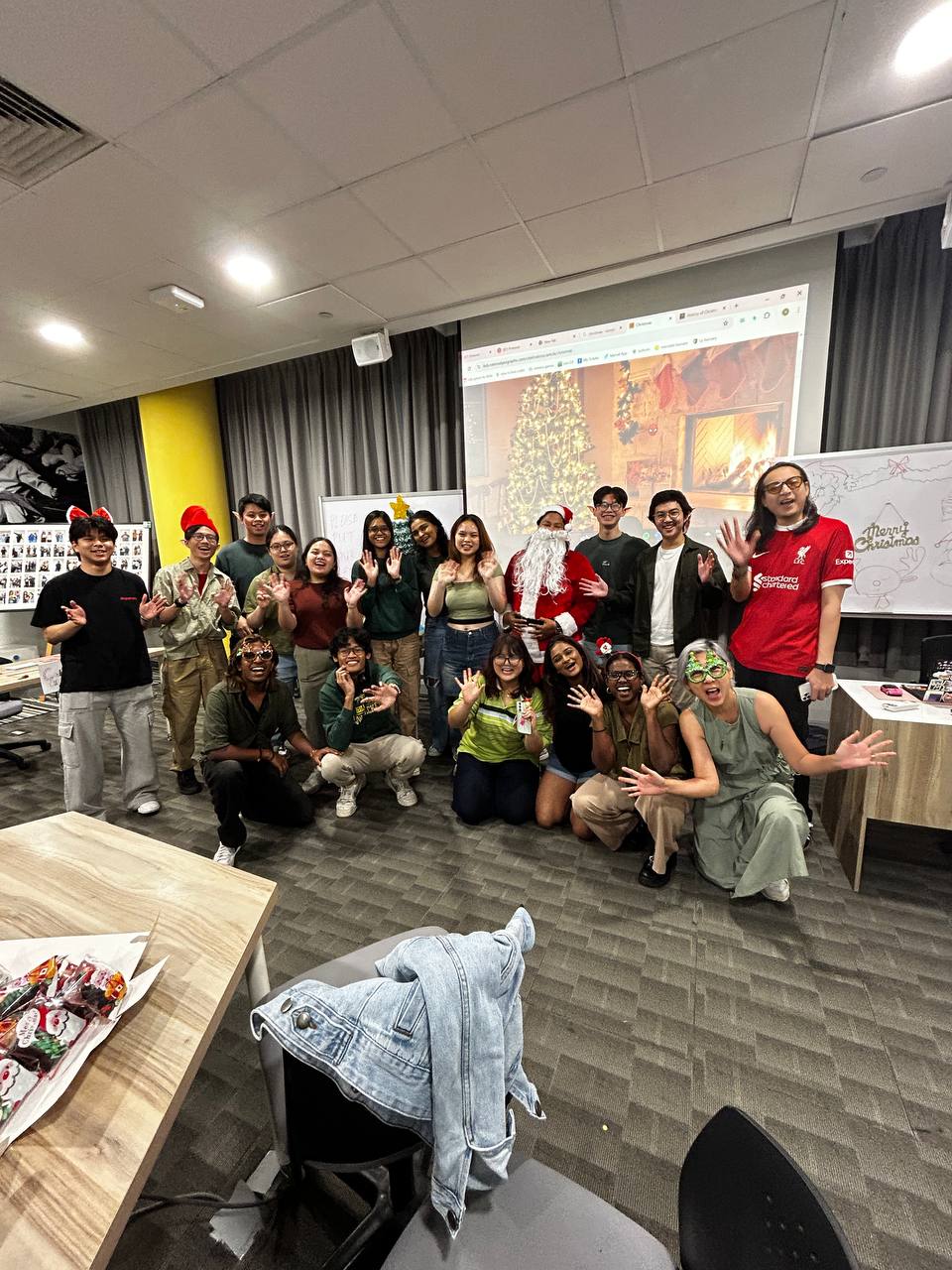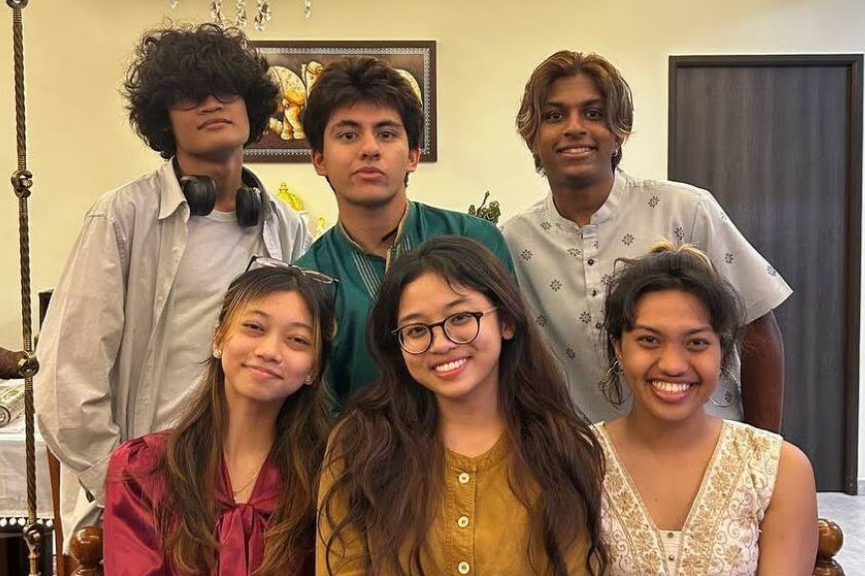
For many, the Singapore Zoo is a place where family and friends can spend time amidst the flora and fauna. For Rina Lee, the area was more than just a place of quick getaway from the urban jungle.
The 21-year-old, who a recent Diploma in Environmental Science graduate, spent six months as an intern with Mandai Park Development – the development arm of Mandai Park Holdings (MPH). As part of her stint, Rina conducted animal rescues and dealing with venomous snakes. None of these experiences seemed to scare her as she had her mind set on an internship with Mandai Park Development.
“My first choice was actually Mandai, like if I didn’t get into Mandai then I don’t think I would have liked my internship,” said Rina.
The area around Mandai and the Singapore Zoo is undergoing a major rejuvenation project to develop a new eco-tourism hub. The project will see a relocated Jurong Bird Park, a new Rainforest Park, the Singapore Zoo, Night Safari and River Safari all within the same area.
When it is completed by 2023, the Mandai rejuvenation project is projected to attract 10 million visitors a year.
Various measures have been put in place to mitigate the impact of the construction on biodiversity within the area including that of Central Catchment Nature Reserve.
One such measure was to erect temporary poles along the side of the roads to ensure the safety of the Colugos in the vicinity. These mammals, also known as flying lemurs, are known to glide from tree to tree. With trees felled to pave way for construction works, these mammals can use the Colugo Poles to glide safely and not risk becoming roadkill.
“We want sustainability and conservation to be at the heart of the Mandai project,” said Mr Mike Barclay, Chief Executive Officer of MPH.
On the Job
Part of Rina’s job included surveying the poles for the Colugos’ waste. If there was waste at the base of the poles, it would mean that the poles were being utilised by the animals.
Camera traps with motion sensors set up at the forested areas near the construction sites are also used to detect animal movements and the types of animals found in the area. Rina was involved in ensuring the cameras had sufficient battery and analysing the animal movements in the area to find out their habits.
If a roadkill had occurred, Rina would have to complete an incident report to document the occurrence. The report would include how the incident took place or, if the animal was still alive, and how it got into the construction site. On one occasion, she accompanied her colleague on an animal rescue and learnt the details of what needs to be considered on such rescues.
Safety precautions are also adhered to by employees. “Whenever I go out for site inspections, like in the construction site, I would have to bring out my safety helmet and I would also have to wear my safety boots which has steel toe caps, which protects my toe from anything that falls,” said Rina. She also had to don a safety vest to ensure that she remains visible to the vehicles moving about the construction site.
After RP, Rina wants to pursue a degree in civil engineering so that she could be involved with developing Singapore with sustainability in mind. Before her internship at Mandai, she had not considered the impact of construction on wildlife. Now, she understands some of the ways that can help ensure Singapore is developed whilst sparing a thought for biodiversity.
Being able to see the impact of construction first-hand during her internship has motivated her to try her best to protect the animals and their habitats.
Rina said: “In the past, I thought construction was just building stuff but after I came here I realised that the construction was (bordering) on Central Catchment itself and its home to a lot of animals and because of the construction, a lot of these animals would be affected.”






